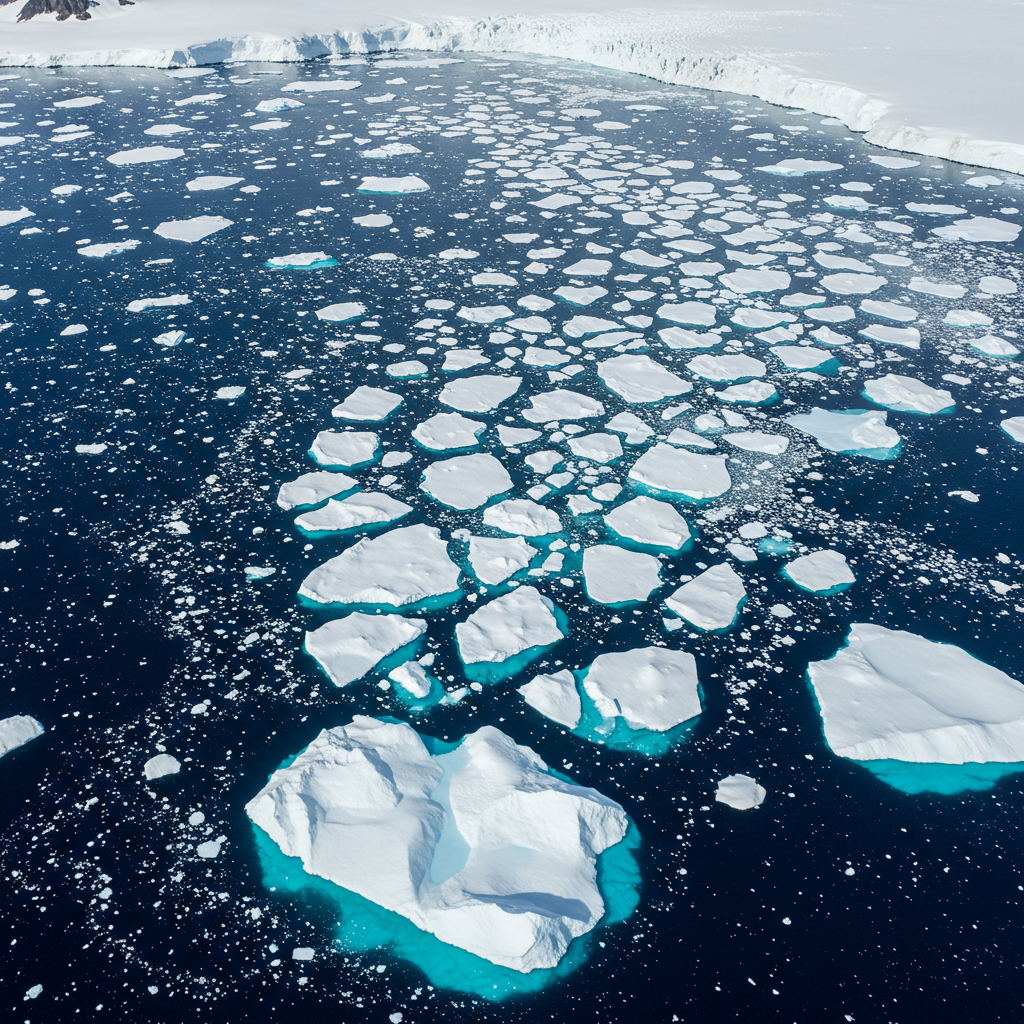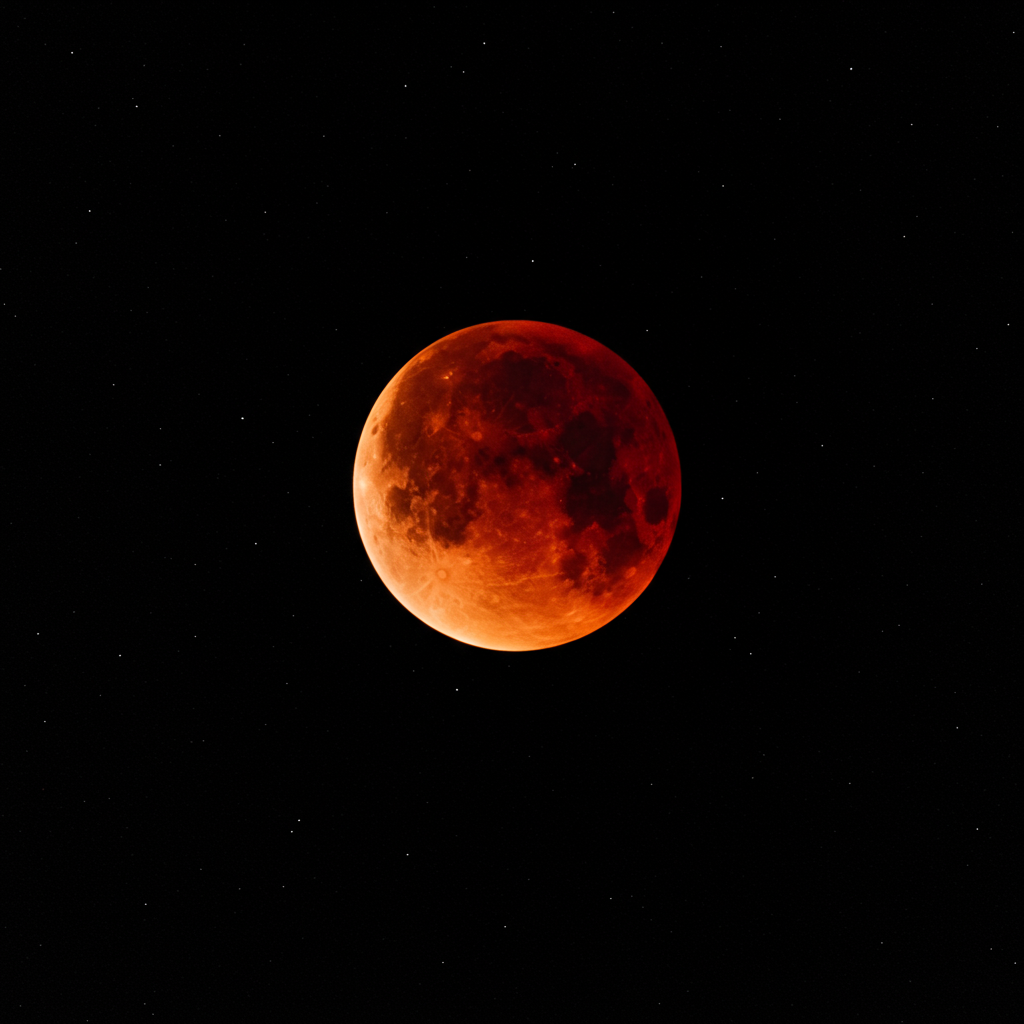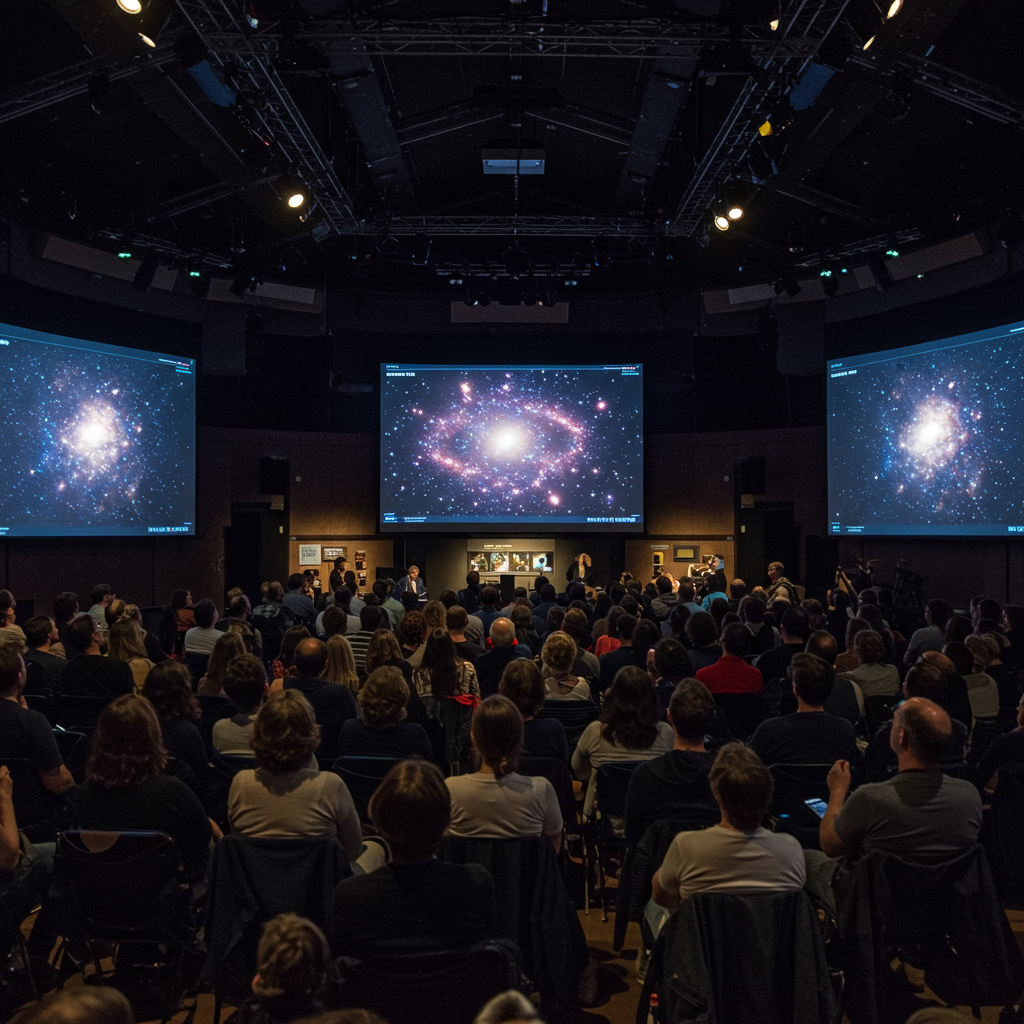A startling environmental shift is unfolding around Antarctica, one that scientists admit caught them “completely unexpected.” Since 2015, the vast expanse of antarctic sea ice has plummeted, losing an area comparable to the size of Greenland – and it hasn’t recovered. This drastic reduction marks one of the most significant global environmental changes witnessed in the past decade.
Conventional wisdom suggested that melting ice should make the surrounding ocean surface fresher. Yet, astonishing new satellite data and measurements from underwater robots reveal the opposite occurring in the Southern Ocean: its surface waters are becoming rapidly saltier. This unexpected reversal poses a major problem, driving a newly identified feedback loop that could push Antarctic sea ice into irreversible decline. Saltier water behaves differently than fresher water, pulling heat up from the ocean depths and actively hindering ice formation and regrowth.
An Unexpected Discovery in the Southern Ocean
Monitoring the waters surrounding Antarctica is notoriously difficult. It’s among the planet’s most remote and tempestuous regions, plunged into darkness for months each year. However, advancements in technology, including new European Space Agency satellites and innovative underwater robots capable of measuring temperature and salinity beneath the surface, are providing unprecedented, real-time insights.
A team of researchers, including experts from the University of Southampton, the Barcelona Expert Centre, and the European Space Agency, developed specialized algorithms to track polar ocean surface conditions from space. By combining these satellite observations with data from the subsurface robots, they constructed a detailed 15-year picture of changes in ocean salinity, temperature, and sea ice extent.
The picture that emerged was truly astonishing. Around 2015, surface salinity in the Southern Ocean began an abrupt and sharp rise. This timing precisely coincided with the dramatic crash in the annual minimum extent of Antarctic sea ice. This stark reversal was completely unexpected. For decades prior, the surface waters had been growing progressively fresher and colder, conditions that historically supported the expansion of sea ice.
The Salt, Heat, and Ice Feedback Loop
Understanding why rising salinity is so detrimental to Antarctic sea ice requires thinking about the Southern Ocean in layers. Normally, the ocean’s structure involves distinct layers, known as stratification. A layer of cold, relatively fresh water typically rests atop warmer, saltier water found much deeper. This layering is crucial because it effectively traps heat within the ocean depths, keeping the surface waters cool enough for sea ice to readily form and persist.
Saltier water is denser and therefore heavier than fresher water. When the surface waters become saltier, they increase in density and sink more easily. This increased sinking disrupts the ocean’s layered structure, causing mixing. This mixing process allows warmer water and its stored heat from the deep ocean layers to rise towards the surface. This upward flow of heat can melt sea ice from below, even during the frigid winter months, making it incredibly challenging for new ice to form or for existing ice to grow thicker.
Furthermore, this vertical mixing also draws more salt from the deeper layers up to the surface, which in turn reinforces the increasing surface salinity. This creates a powerful feedback loop: higher surface salinity leads to more mixing, bringing more heat to the surface. The increased heat melts more sea ice. Less sea ice means the dark, open ocean surface absorbs significantly more solar radiation, further warming the water and accelerating melting. This cycle is self-reinforcing and actively drives further ice loss. Evidence for these disruptive processes was observed with the unexpected return of the Maud Rise polynya, a massive, persistent hole in the sea ice that reappeared in 2016-2017 after decades, suggesting major changes in ocean mixing were occurring.
Global and Regional Consequences Cascade
The rapid loss of Antarctic sea ice isn’t confined to the polar region; it has profound consequences reaching across the globe and impacting the Antarctic environment directly. Sea ice acts like a giant, bright mirror, reflecting roughly 90% of incoming sunlight back into space. Without this reflective shield, the darker ocean absorbs about 90% of that solar energy. More energy absorbed by the ocean and Earth system accelerates global warming, contributes to intensifying storms, and drives sea level rise that threatens coastal cities worldwide.
Regionally, the impacts are severe and compounding. The ocean surrounding Antarctica has already been trending warmer. Before the shift around 2015-2016, any extra summer ocean warming typically dissipated over winter. However, with sustained low sea ice years, particularly the extraordinarily low levels seen in 2022 and 2023, this warming is accumulating year after year, preventing recovery.
Less sea ice also reduces the protective barrier it provides to Antarctica’s coastline against powerful ocean waves. Historically, about one-third of the continent’s coast was exposed in summer. In recent low-ice summers, this exposure doubled to over half the coast. Research directly links low summer sea ice to a doubling in the number of icebergs breaking away from the ice sheets compared to average years, potentially accelerating land ice loss contributing to sea level rise.
Antarctic wildlife suffers drastically. Species like Emperor penguins and Crabeater seals rely heavily on stable sea ice platforms for critical life stages such as breeding, raising young, and moulting (shedding and regrowing feathers or fur). Entire colonies of Emperor penguins experienced “catastrophic breeding failure” in 2022 when the ice melted before their chicks were mature enough to survive in the water. Crabeater seals need stable ice for weeks after birth to protect pups. Adelie penguins, too, need large ice floes for their months-long “catastrophic moult,” risking fatal hypothermia if forced into the icy water without a stable resting place. Less sea ice makes finding these crucial platforms increasingly difficult, unraveling entire ecosystems built upon the ice. Krill, the tiny crustaceans foundational to the Antarctic food web, feed on algae growing beneath the ice and are also threatened.
Even human activities face disruption. Resupplying research bases often depends on ships unloading cargo directly onto the sea ice. Shrinking summer sea ice reduces the safe window for these operations, making the traditional method less viable or impossible and requiring more complex logistics.
Challenging Existing Climate Models
For decades, the scientific consensus held that Antarctica was a relatively stable, frozen continent, especially compared to the Arctic. Climate models often assumed that a warming world would lead to increased precipitation and ice melting, resulting in fresher surface waters around Antarctica, thereby maintaining relative sea ice stability.
The new findings of rapidly rising surface salinity, the breakdown of the ocean’s layered structure, and the accelerating sea ice decline fundamentally challenge these long-held assumptions and current climate models. The Southern Ocean is changing rapidly and in ways that previous models didn’t foresee. If scientific models aren’t updated to reflect these newly observed processes, we risk being severely unprepared for future changes.
The ultimate cause of the abrupt increase in Southern Ocean salinity around 2015 remains uncertain, underscoring the urgent need for scientists to revise their perspective on the complex Antarctic system and highlighting the critical need for continued research. These findings serve as an early warning signal, acting like a planetary thermometer for a rapidly shifting climate.
The Critical Need for Continued Observation
The groundbreaking insights into the Antarctic sea ice crisis are possible only thanks to advancements in satellite technology and autonomous underwater vehicles. These tools provide vital data from one of the planet’s most inaccessible regions. However, the essential monitoring required to track these rapid changes and refine climate models is currently threatened by funding cuts.
Without accurate, continuous data streams from satellites and ocean sensors, it becomes incredibly difficult, if not impossible, to fully understand the ongoing changes, predict future impacts, and develop effective strategies to adapt to the climate shifts already in store. The observations paint a clear picture: Antarctica is no longer the stable continent it once appeared to be. The changes occurring at the bottom of the world are rippling outward, reshaping global weather systems, ocean currents, and life across the planet. Preventing even more severe consequences in the future depends critically on rapid global transitions away from fossil fuels towards net-zero emissions.
Frequently Asked Questions
How does rising ocean salinity melt Antarctic sea ice?
Rising salinity makes surface water denser. This denser water sinks more easily, disrupting the natural layering (stratification) of the Southern Ocean. This mixing allows warmer, saltier water from deeper ocean layers to rise towards the surface. The heat from this deep water melts sea ice from below, even in winter, making it harder for ice to form or thicken.
What are the major global impacts of losing Antarctic sea ice?
The loss of Antarctic sea ice significantly accelerates global warming because the dark ocean absorbs much more sunlight than reflective ice. This contributes to more intense storms and drives global sea level rise, threatening coastal areas worldwide. It disrupts ocean circulation patterns that influence climate globally.
Beyond global warming, what are specific consequences of less Antarctic sea ice?
Reduced sea ice leads to compounding ocean warming in the region, prevents the dissipation of summer heat, and causes a doubling in iceberg formation from the coastline during low-ice summers. It devastates wildlife habitat for species like Emperor penguins (causing breeding failures) and Crabeater seals, which depend on stable ice for breeding and moulting. It also creates significant logistical challenges for resupplying Antarctic research bases by ship.
Conclusion
The rapid decline of Antarctic sea ice since 2015, driven by the unexpected rise in Southern Ocean salinity and a powerful heat-bringing feedback loop, signals a potentially fundamental shift in the Antarctic system. These changes challenge our existing climate models and carry profound implications for global climate, sea levels, and polar ecosystems. Continued monitoring is essential, but threatened, highlighting the urgency of both scientific research and global action to reduce emissions and adapt to a changing planet.




